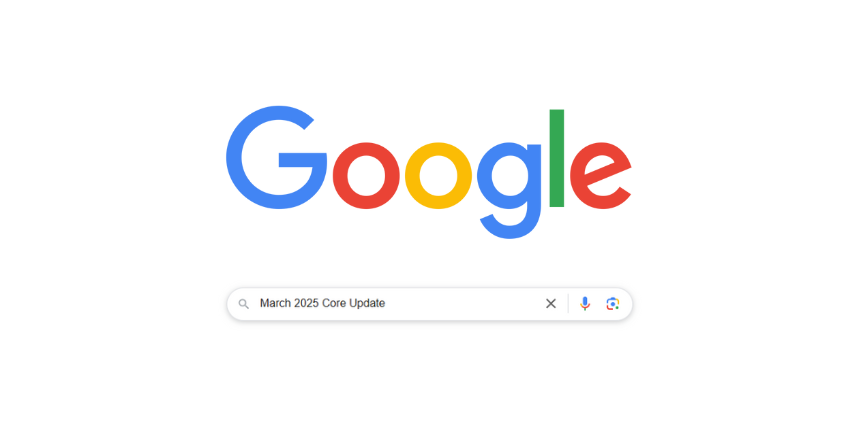
Boost your rankings and attract more customers through our SEO expertise.

The Google March 2025 Core Algorithm System Update completed right on time, two weeks after its launch on March 13, 2025. This was the first Core Update of 2025 and, in fact, the first update of any kind since December 2024.

The trend is obvious with each of the last four Google Core Updates, namely the expansion of search queries triggering AI Overviews and the expansion of Reddit being cited as a source for AI Overviews.
Per the SEMrush Domain Overview tool from November 2024 to December 2024, reddit.com saw a +5,260% increase in keywords ranking within AIOs. That’s an increase of more than 121,000 in search queries. In the last 30 days, with the March 2025 Core Update, we’ve seen a further increase of +946% search queries, +1.5 million (yes, 1.5 million more queries!).

In its last earning call, Reddit blamed Google algorithm updates for missing its target estimates for daily active unique visits in Q4, which sent its shares down 15% during extending trading, per Reuters.
With each of the last four Google Core Updates, the percentage of queries—across industries and up and down the customer funnel—have increased across desktop and especially mobile devices. Back in November 2024, Barry Schwartz from Search Engine Roundtable reported that AI Overviews were even displaying within the People Also Ask (PAA) SERP feature. Studies, like the one from Seer, have also shown that AIOs are affecting both organic and paid channels, with paid CTRs declining both when an AIO is shown and when it is not—because paid listings are pushed below the fold when AI Overviews take over “position 0” on the SERP.
The “zero-clickification” or zero-click SERP continues to be the new normal as traditional search becomes less of a search engine and more of an “answer engine.” More and more people are interacting with AI and getting the answers and information they need without leaving Google’s ecosystem. The expansion of the query set and visibility of AI Overviews on the SERP will continue to negatively influence CTRs. So, while a brand’s visibility might increase, the usual clicks/traffic from organic sources may no longer follow.
Now enter stage right: Google’s announcement earlier in March 2025 about their new Labs experiment, AI Mode. At first glance, it’s pretty accurate and pretty impressive. Within the US, if you log in to your Chrome profile and opt-in (once you get access from the waitlist), you will see an AI Mode tab when you conduct a traditional Google search:

For some queries, you will still see the AI Overview mode at the top for your query. Now, however, when you click on AI Mode it will provide you an entire answer, anticipating additional questions you might ask. So, this isn’t just query – answer – information; it’s giving you all of that, plus more, even including local listings for “near me” and other locally qualified searches, with some of the links within AI Mode going to Google sites rather than publisher or brand destinations.

Google promised last year that its Core Updates would be released more often. If each Core Update expands the visibility of AI Overviews on the SERP and CTRs continue to decline, website owners will need to adjust their strategies and how we measure success. Unless AI Overview data is segmented out and released by Google and Bing (which is unlikely as the CTRs are going to be extremely low), looking at “organic traffic” alone is not going to be enough to accurately measure success.
Subscribe to our monthly newsletter.
No. Plain and simple. But it is evolving, which is not a bad thing. The real question is: What can you do in this AI world amid the modernization of SEO? Our advice is to stick to the basics while recognizing that content creation needs to evolve, even if only slightly. As search becomes fragmented, the days of the one-keyword page are long gone.
DAC’s SEO specialists are paying attention to these rapid evolutions on the SERP, and continually adapt their on-page SEO strategies in response. This early-mover advantage can be paramount to success in helping brand websites drive traffic and engagement across all stages of the customer journey—for both brand and non-brand queries. In short, SEO continues to earn a seat at the table across multiple channels and departments across organizations. It is no longer an upper-funnel, non-brand tactic alone.
Boost your rankings and attract more customers through our SEO expertise.
Subscribe to our monthly newsletter.